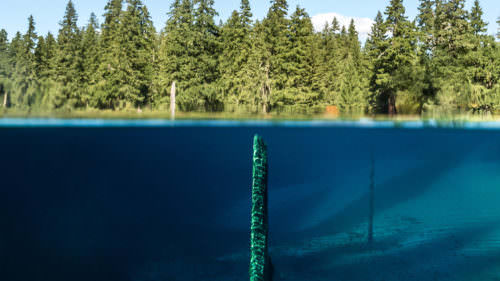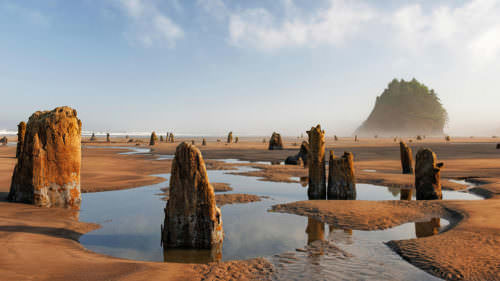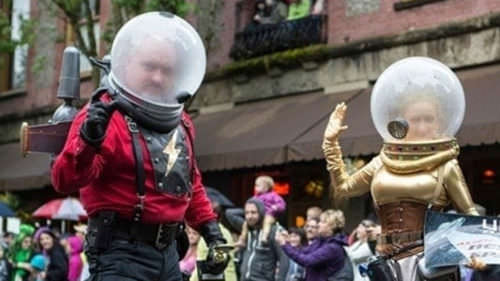There are some sights in Oregon that are true scientific oddities — forces of nature that wonder with enough intrigue for their own TV series.
One of those is the “Humongous Fungus” in Eastern Oregon, a giant mushroom that is actually the largest single living organism in the world. Covering 2,385 acres and estimated to be up to 8,650 years old, the organism is one that has even stumped scientists. Another oddity of the state is the Neskowin ghost forest, where the earthly remains of an ancient forest are buried in soil deep below the sandy beach. Here’s how you can visit these peculiar sites with fascinating backstories on your next Oregon road trip:
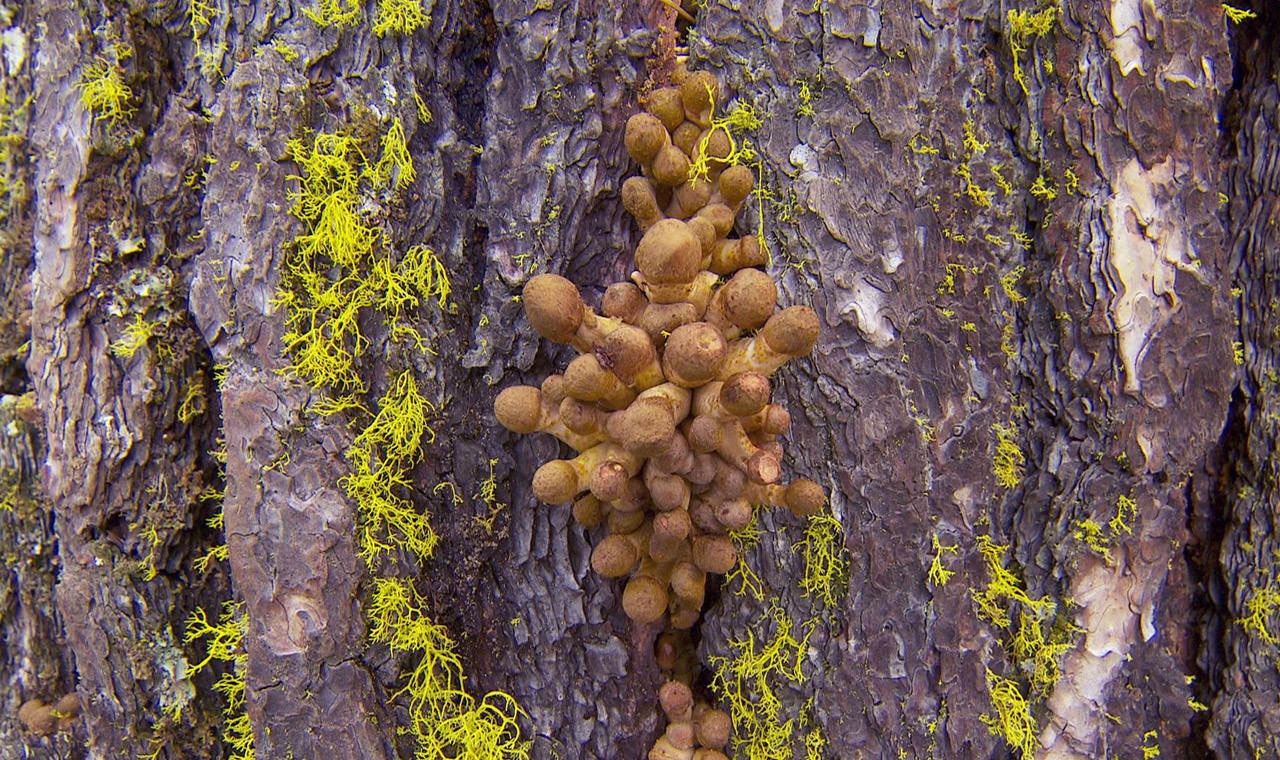
Eastern Oregon
If you have ever been to the Malheur National Forest, you understand the difficulty in capturing its extensive beauty. It encompasses nearly 2 million acres of pristine wilderness, snow-capped peaks of the Blue Mountains and valleys of farmland, criss-crossed by hundreds of trails, campgrounds and river tributaries ripe for exploring.
But there’s something lurking underground on a 4-square-mile area just east of John Day that’s been growing — and growing — for the past 2,000 to 8,000 years. Once a year, you can see the Humongous Fungus, also known Armillaria ostoyae, as it blooms into a lovely display. But when it’s not in bloom, it looks like white paint on the bottom of the tree bark. Underground, a network of thin, black shoestring-like roots spreads from tree to tree, killing them slowly. Arborists are studying its growth to be able to better manage the forest in the area.
Want to visit the Humongous Fungus? Stop in and talk to a ranger at the Prairie City Ranger District in Prairie City, or the Malheur National Forest Ranger District in John Day. Warning: You may not want to get too close.
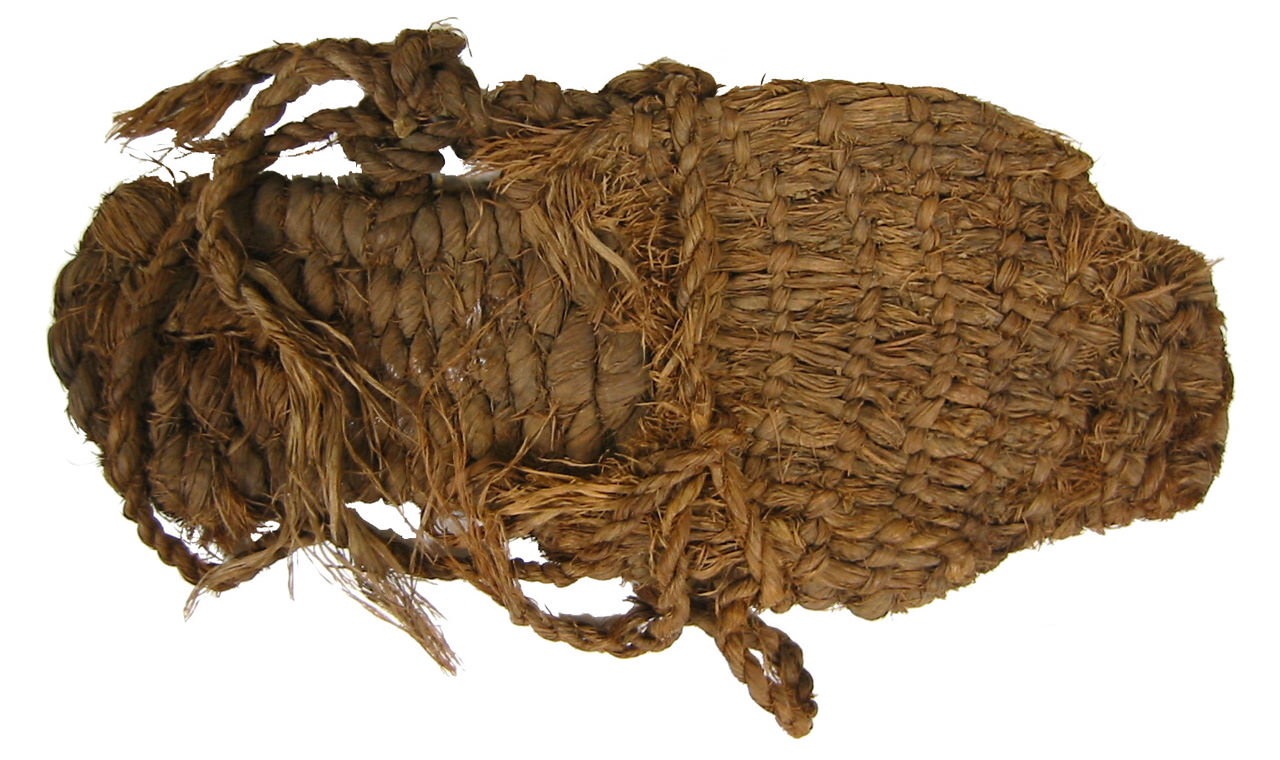
Willamette Valley
Older than those funky heels from college and the soccer cleats stuffed way under the bed, the shoes here are seriously old: 10,000 years old. Housed in the Museum of Natural and Cultural History at the University of Oregon in Eugene, this pair of ancient sagebrush bark sandals was discovered in 1938, preserved under a layer of volcanic ash from Mt. Mazama, now Crater Lake. Radiocarbon dating shows that they’re the oldest known shoes in the world.
The shoes may not unlock the mystery of the universe, but seeing them close-up does help you imagine what life must have been like in Oregon thousands of years ago. It’s fitting that the shoes are housed here in the city where Nike was founded. A book called “10,000 Years of Shoes: Photographs by Brian Lanker” (available at the museum’s store) connects the dots between these sandals and Nike’s innovations from the 1960s on.
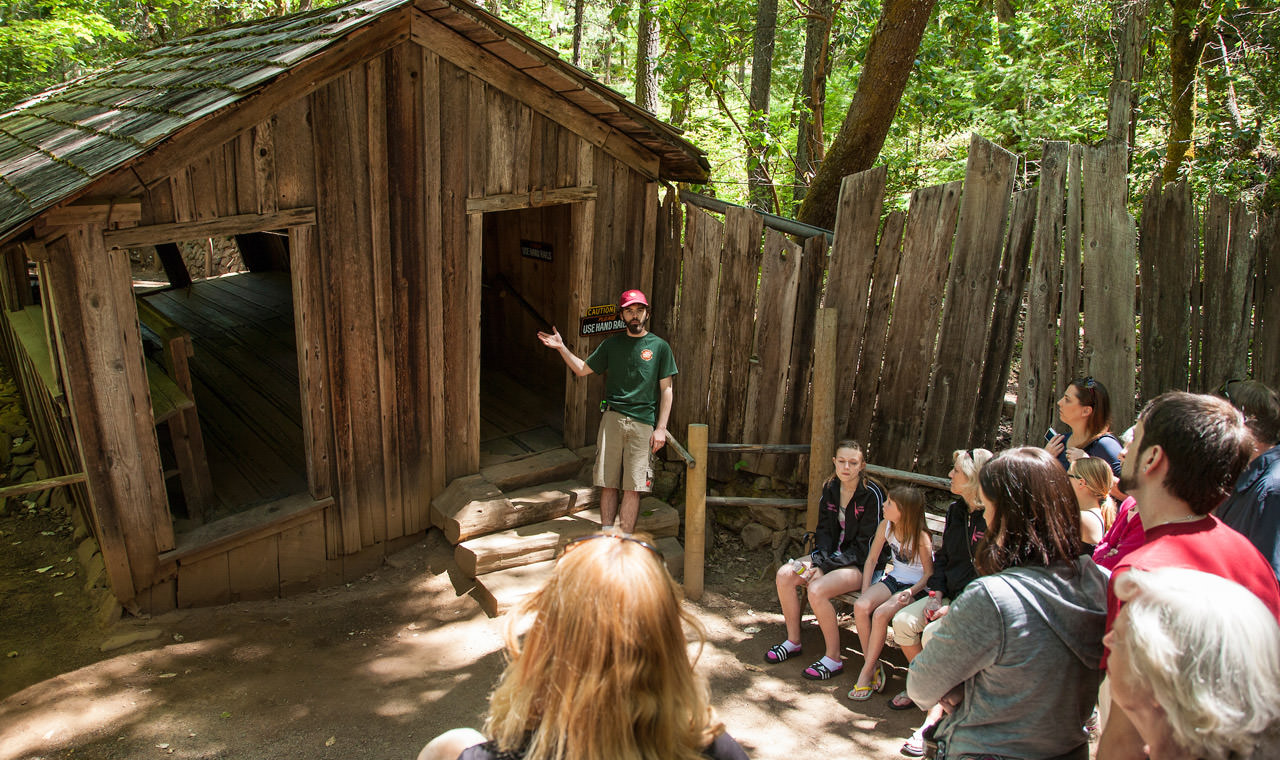
Southern Oregon
Is it all an illusion, or is it a scientific phenomenon having to do with magnetism, gravity and force fields? The Oregon Vortex is a special place where taller things appear shorter — or taller than they are — and gravity appears to disappear. It was built nearly 100 years ago at a place the Native Americans called “Forbidden Ground.” Because their horses would not enter due to the strange geological forces, they shunned the area. In the early 1920s, a man named John Litster — a geologist, mining engineer and physicist — developed the area and opened it to the public in 1930, conducting experiments within the vortex, named for the spherical field of force above- and below-ground. The museum has been featured on the “X-Files” and with other bizarre phenomena around the world; here in Oregon, it’s a must-see museum that’s sure to bring out the kid in all of us.
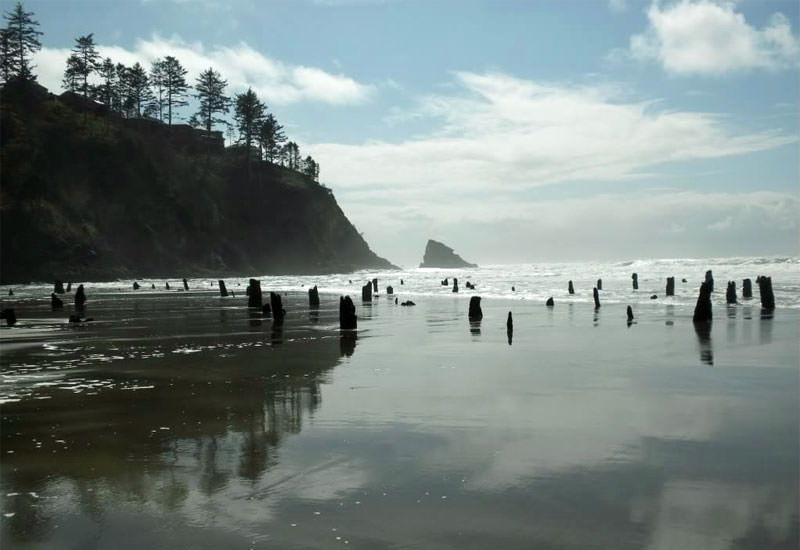
Oregon Coast
At first glance it’s not all that strange — just a bunch of tree stumps. Then you’ll notice that they’re actually on the beach, in the midst of the tide, as if ghostly remnants of an ancient forest. That’s exactly what it is. The Neskowin Ghost Forest, as it’s known, includes some 100 stumps of ancient Sitka spruce trees believed to be about 2,000 years old and have once stood up to 200 feet tall. Scientists believe the forest was destroyed by a tsunami or earthquake at some point in time. The mysterious life-covered stumps — with their roots buried deep in the soil, beneath the sands — were unearthed by a series of storms in the 1990s. You can walk amongst the eerie spectacle at the Neskowin Beach State Recreation Site, between Pacific City and Lincoln City.
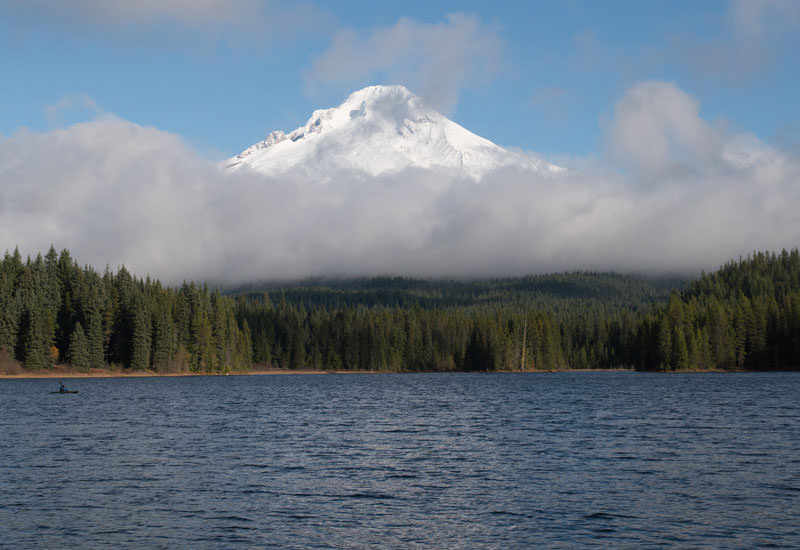
Mt. Hood and the Columbia River Gorge
If you’ve been in someone’s car on the way to Mt. Hood and they suddenly lean over, turn off the radio and tell you to “shush,” there’s a reason for it. The legend of Silent Rock has persisted for the past several decades, with generations of Oregonians insisting that this particular spot — a large rock wall overlooking a valley on Highway 26 near Rhododendron, about 5 miles west of Government Camp — brings bad luck to those who don’t observe the silence. No one’s sure how or when the lore originated exactly, but once you know about it, we bet you’ll be a believer. It’s too fun not to be.
